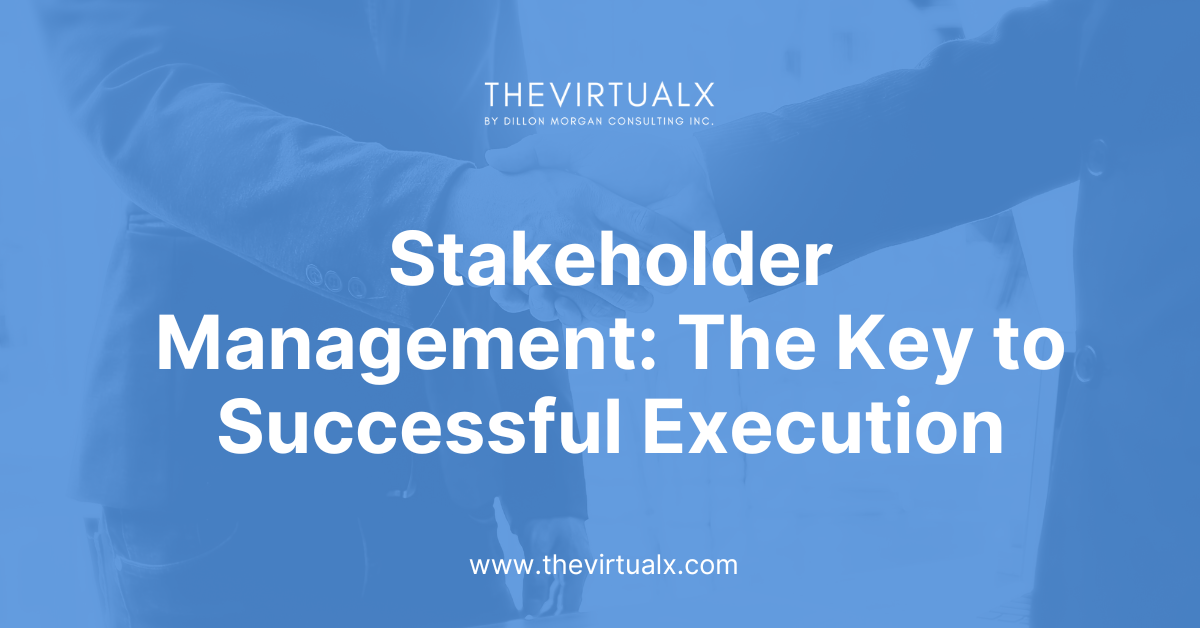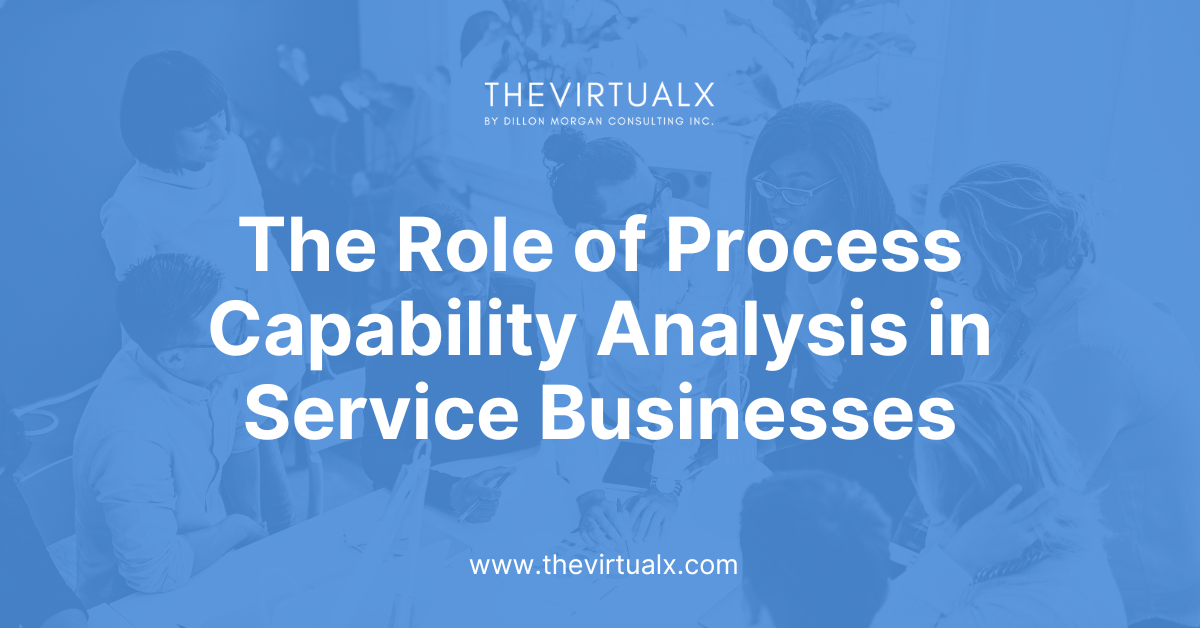Have you ever experienced challenges while striving to achieve your business goals? Stakeholder management, often referred to as “Stakeholder Management – Unlocking Successful Execution,” plays a vital role in overcoming obstacles and ensuring successful execution. The saying, “if you want to go fast, go alone, if you want to go far, go together,” encapsulates the importance of collaboration and engagement with stakeholders. Effective stakeholder management unlocks the path to successful execution, propelling your business towards its objectives.
One of the biggest challenges that can hinder great initiatives is poor stakeholder management. Each stakeholder has different personalities, and the same message communicated in the same way may mean two entirely different things. This complexity makes traditional stakeholder management approaches insufficient.
To navigate these complexities, recognizing the uniqueness of each stakeholder is crucial. Understanding their personalities, needs, concerns, and aspirations allows you to tailor your communication and engagement strategies accordingly. By actively involving stakeholders in decision-making processes and keeping them informed throughout the project, you foster a sense of ownership and accountability, enhancing overall success.
Mastering stakeholder management, or “Stakeholder Management – Unlocking Successful Execution,” requires a proactive approach and the ability to adapt to diverse stakeholder needs. It goes beyond the traditional framework, acknowledging the impact of different personalities and interpretations on project outcomes. By effectively engaging stakeholders, businesses can gain their support, cooperation, and valuable insights, mitigating risks, and capitalizing on opportunities.
As business leaders, it is important to understand personality traits of their stakeholders in order to best communicate with each stakeholder. use the best approach when communicating with each stakeholder. Stakeholders are people who influence or are affected by your business objectives directly or indirectly. Understanding your stakeholders authentically will determine your success in achieving your strategic objectives.
Developing your Stakeholder Management Strategy
Identify your Stakeholders
From experience, we’ve seen countless times where key stakeholders are left out from being consulted or even informed in matters that significantly affect their daily operations. Therefore, the very first item on your list is to identify each individual or group that is, can or will be affected (or can affect) by the execution of your business objectives.

1. Personality Traits: A person’s natural personality may at times lead to an incorrect perception. For example, whenever you encounter a stakeholder with a naturally positive and progressive personality, as a leader, first impressions might make you believe that they are in support of the Business Objective, and therefore will grant the same amount of support during execution. To resolve this hidden personality factor, it is important to ask enough questions and collect feedback from the stakeholders in order to understand where they stand.
2. Informal Authority: Informal authority or better known as power of influence, is another hidden factor often ignored. Stakeholders without the formal job titles are often the hidden back bone of many organisations, and therefore it is imperative to make sure you identify these stakeholders and not leave them out.
Secure Stakeholder Commitment: Stakeholder Communication
Once you’ve identified where each of your stakeholders stand, as a leader, you now have to develop a plan to secure their commitment. The objective is to move the stakeholders’ true level of interest from low to high.
During the stakeholder mapping process, you identified their reservations/concerns, collected their feedback, now it’s time to resolve/respond to their reservations/concerns, and feedback.
There are 2 key strategies that can be used to support securing commitment:
1. Use influencers: One of the best ways to inspire interest from stakeholders is by convincing them using people they already hold as credible in high regard. These are the stakeholders that were mapped as high influence, and high interest; now they be utilised to influence their network.
2. Incorporate feedback wherever possible: Sometimes all people want is to be heard. Therefore, another strategy of securing commitment from stakeholders is by incorporating their feedback into the Business Objectives. This is similar to mirroring, as we will now allow the stakeholder to see their feedback, sometimes verbatim on the Business Objectives. By incorporating feedback, stakeholders will naturally feel as creators of the Business Objective.
Thanks for taking the time to read our weekly business insights. We would love to hear from you. For any requests, questions, or feedback, please contact us, by phone, email, or visit our office using the information below.










